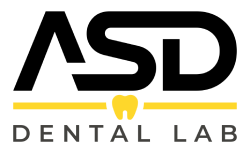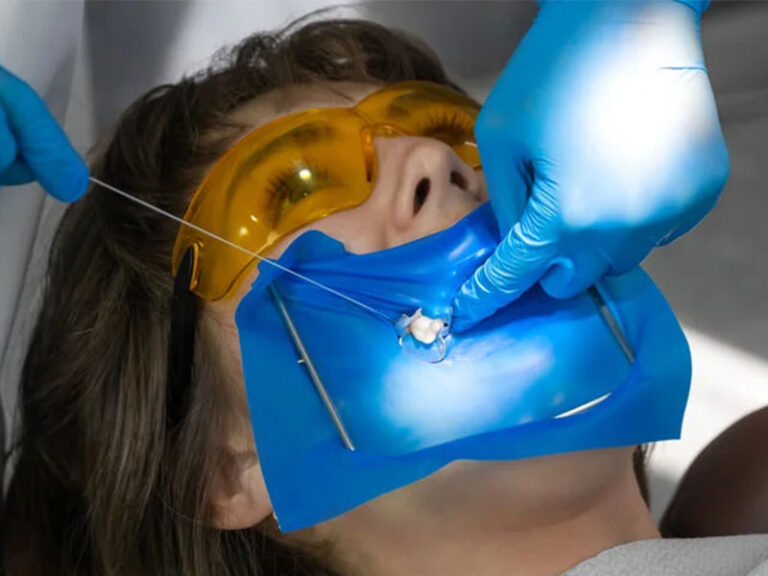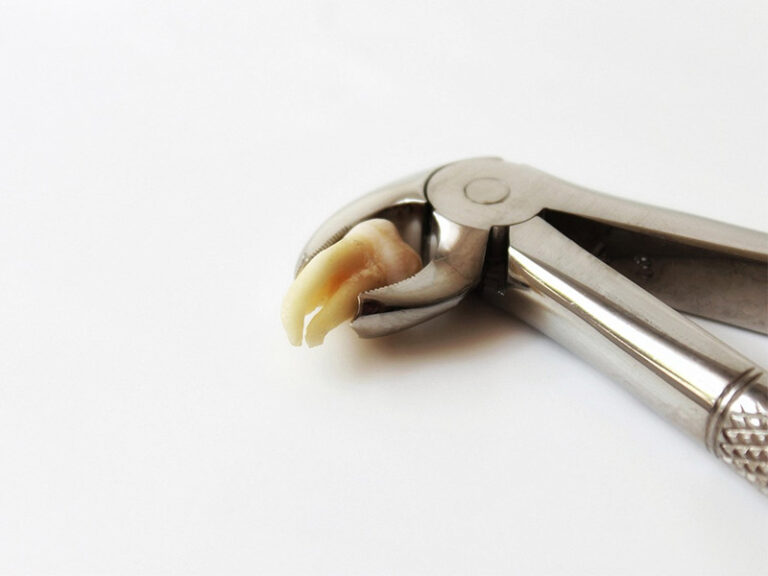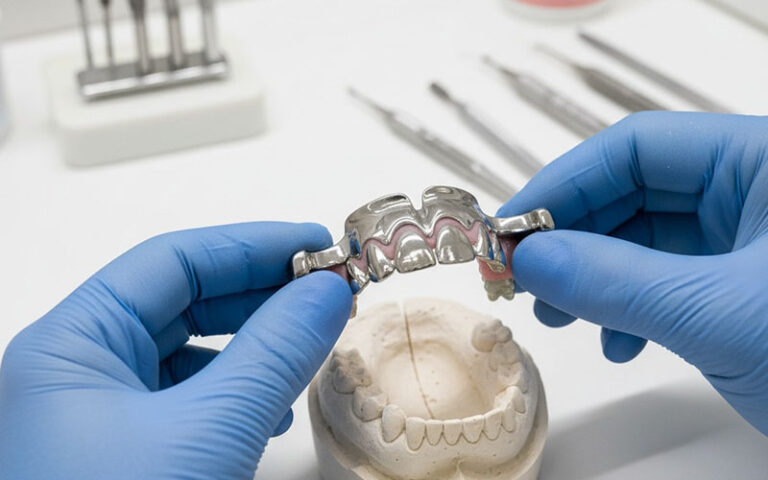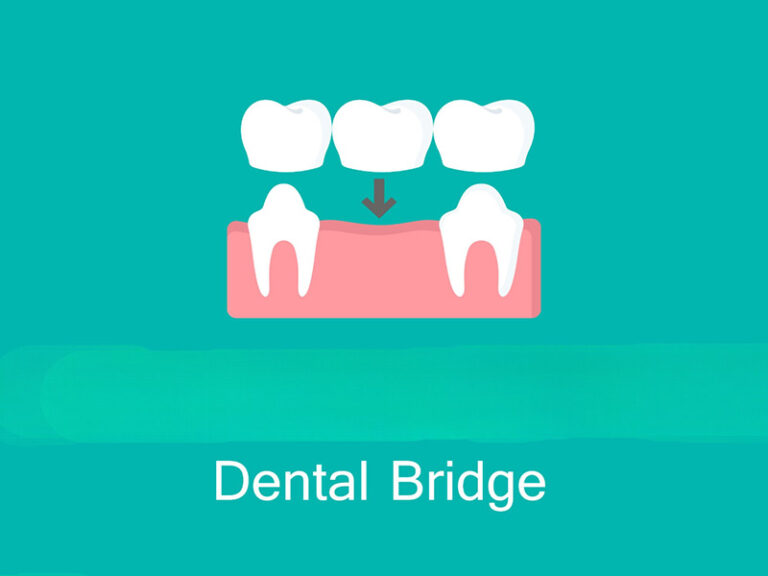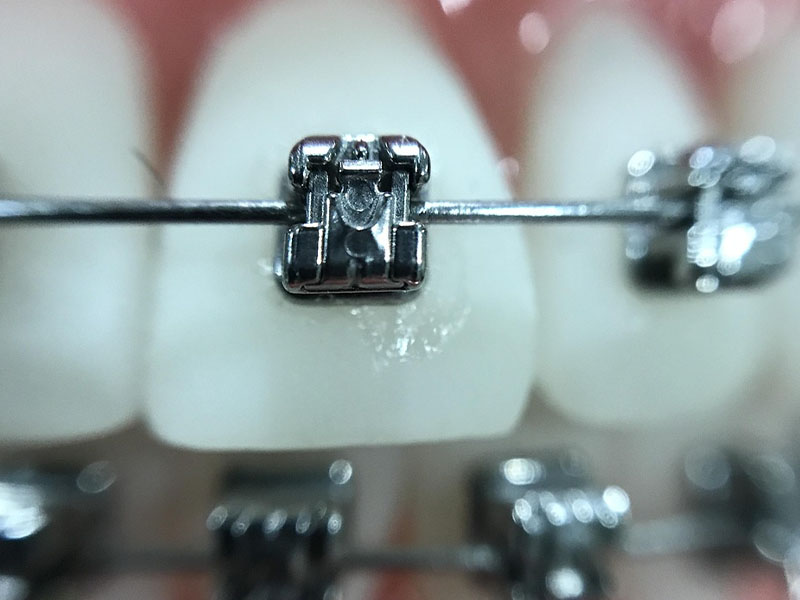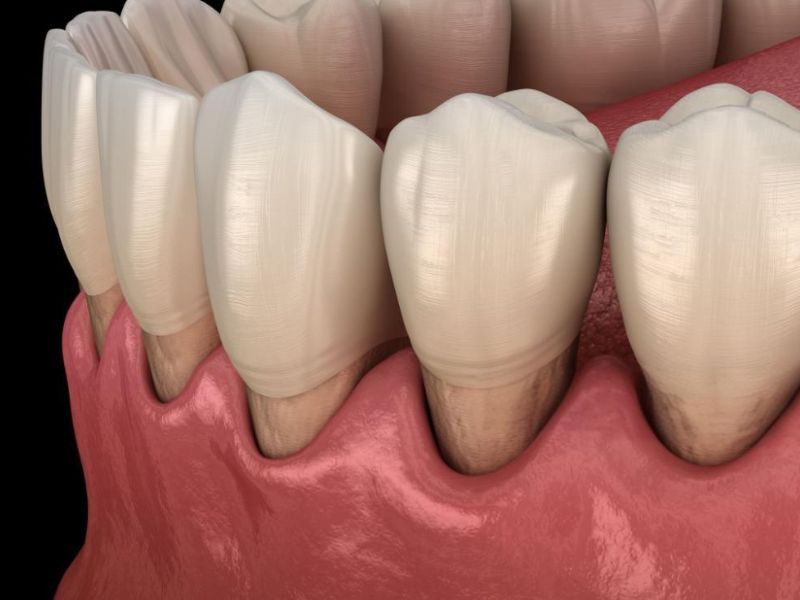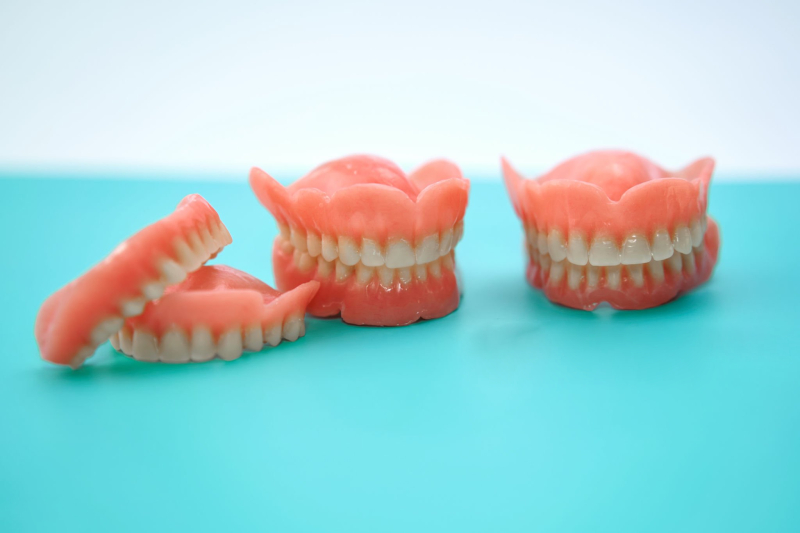
The Essential Steps to Denture Making: From Checkup to Custom Fit
When I first started learning about dentures, I saw just how many steps there are to making a set that looks real and feels good. Over the years, I’ve watched the whole thing—from the dentist’s chair to the dental lab—and I know it takes a lot of teamwork to get dentures just right. If you’re about to get your first dentures, or if you just want to know what goes into it, let me walk you through the whole thing and share what I’ve learned along the way.
Introduction
So, what are dentures really? Put simply, dentures are removable teeth that take the place of teeth and gums you no longer have. I’ve helped a lot of people get new dentures—and I can tell you, knowing what’s coming really helps. The whole thing is much more than “pop them in and go.” It’s a bunch of careful steps where the dentist’s work and the lab’s work have to match up just right. This article breaks down the full denture-making journey so you know what’s coming, just like I do.
Table of Contents
Phase 1: Checkup & First Impressions (At the Dentist)
How things start matters a lot. If there’s one thing I know, it’s that extra time here saves a ton of trouble later on.
Step 1: First Talk & Checking Your Mouth
When someone’s starting out with dentures, the first visit is a close check of your gums, any teeth left, and the bone under everything. Sometimes you’ll need X-rays to see what’s going on under the surface—especially if your jawbone has shrunk a bit since you lost your teeth.
But it’s not just looking—they’ll ask what you need and what you’re hoping for, whether you want a whole set (if you’ve lost all your teeth), a partial (if you still have a few), or maybe denture on implants. This is when you want to be honest about what you want, if you have trouble eating, or if there’s something about your looks you don’t like. The dentist will lay out a plan, talk about what it’ll cost, and how long it’ll all take. This chat is important. It’s what sets up the rest of the process.
Step 2: First Molds & Practice Models
After the check, it’s time for the “funny stuff”—making those first molds. The dentist will use trays and a squishy, jelly-like stuff called alginate to get an early copy of your mouth. It doesn’t hurt (it just feels weird or tickles a bit). These first molds aren’t the real deal—they’re just rough copies. The dental lab turns them into practice models, which help make better trays for more careful molds later.
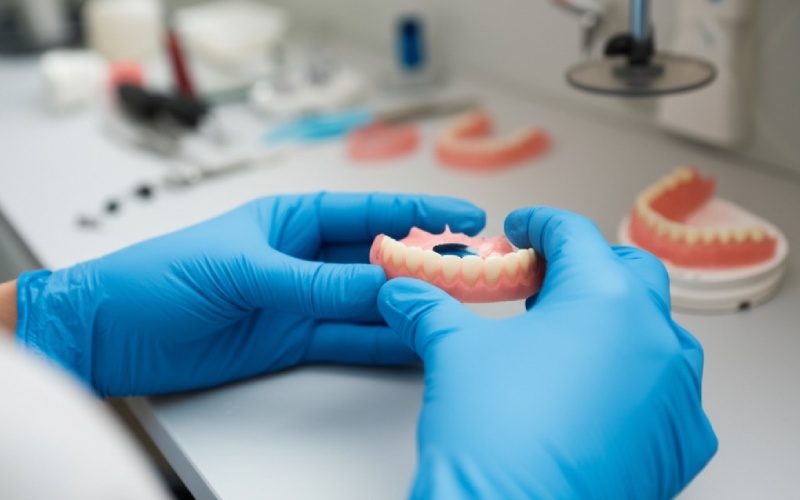
Phase 2: Getting the Details Right (Dentist & Lab Working Together)
Now that there’s a rough model, it’s time to get exact. This is where things really get custom.
Step 3: Custom Trays & Better Impressions
First, the lab makes trays that fit just your mouth, based on those first models. In my experience, these fit way better than the regular ones and help us see every little detail.
Back at the dentist’s, you’ll see these trays in use. The dentist uses a finer material (something like PVS for the dental nerds) and shapes the edges by gently moving your lips and cheeks. This way, the tray picks up on everything your mouth can do. Getting this part right is huge—if the fit is off here, you’ll have more fixing to do later.
Step 4: Getting Your Bite Right
Next, it’s all about how you bite down. The lab makes wax plates just for your mouth based on its new shape. At this step, your dentist gets you to bite down on these so they can measure how tall your bite should be and how your jaws line up. Sometimes, they’ll use a thing called a facebow. Sounds fancy, but it just helps record how your upper jaw connects to your jaw joints. This has to be right. No one wants dentures that clack or slip or make you sound funny!
Phase 3: Looks & How They Work (Lab & Try-In)
Now the fun begins—the lab’s part is where things really start to look real.
Step 5: Final Models & Putting on the Fake Jaws
Using those careful molds, the techs pour stone into them to make detailed models. These show every bump and curve of your mouth. Then, they attach these models to something that acts like a jaw (an “articulator”), using the bite records and maybe the facebow. This lets them build a pretend mouth to work on. I’ve always thought this was cool—it’s where science and art meet.
Step 6: Setting Up Wax Denture (Trial Denture Making)
Now it starts to look like teeth! The technician picks fake teeth that look a lot like yours—or like teeth you want to have—matching your mouth, age, and color. These are set up in wax and put on the model. Then they’re sent to your dentist so you can see how it’ll look and try it in your mouth for the first time. This part’s exciting—you get a peek at your new smile.
Step 7: Trying the Wax Denture (Important Check)
At the try-in, you wear this “mock-up.” Trust me—this is when you need to be honest and speak up! With your dentist, you check how everything looks, how you talk with them in, and how they feel when you bite down. If a tooth is too long, if something doesn’t look right, or if something pokes your mouth, now’s the time to say it. I always think this is the fun part. People start to see themselves smiling again.

Phase 4: Finishing Up & Getting Your Dentures (Lab & Dentist)
Once you say “yes” to the try-in, the real dentures are made.
Step 8: Making & Polishing the Dentures
Back at the lab, the techs put your wax setup in a mold (called a flask). The wax gets melted out, leaving a hole the exact shape of your denture. Liquid plastic (acrylic) goes in, then gets baked so it’s hard and strong.
When it’s cool, the tech takes out your new denture, trims off extra, shapes the fake gums to look real, and makes everything shine. I’ve seen this step turn a rough wax piece into a real denture many times. It’s a little bit like magic.
Step 9: Getting Your Dentures & First Fixes
Here comes the big moment! You try your brand new, shiny dentures. The dentist checks the fit, watches how you bite, and makes little fixes to any sore spots or bumps. You’ll learn how to put them in and take them out and how to clean and store them. That first day with new dentures is a mix of being happy and feeling a little odd—it’s normal. Everyone gets used to their dentures at their own pace.
Phase 5: Looking After Your Dentures
Getting your dentures isn’t the end of it. From what I’ve seen, caring for them after matters a lot for how happy you’ll be wearing them.
Step 10: Checkups & More Fixes
Most new denture wearers come back a few times in the first weeks. Little sore spots can come up as your mouth gets used to them, but those are easy for your dentist to fix. You’ll get tips on cleaning (don’t use regular toothpaste—pick a soft cleanser!), how to soak them, and getting out food that gets stuck.
The dentist might talk about “relining” (putting a soft new layer inside later) or “rebasing” (making a new base but keeping the teeth) down the road, if your gums or bones change (which they will, and that’s normal). If something feels off, don’t ignore it. A well-kept denture can last for years—but only if you fix small problems and keep them clean!
How New Technology Is Changing Things
Dentistry keeps moving forward. These days, I see more labs using digital tools, computer design, and even 3D printers to make the process go faster and fit better. Instead of goopy stuff, they can scan your mouth right into a computer. The computer designs it, and the printer can make models or sometimes even the dentures themselves.
There’s still an art to making dentures by hand, but digital tricks mean you get your teeth sooner and they fit better. I’ve watched digital dentures go from new and strange to normal in just a few years—it’s pretty neat.
Finish
If you ask me the secret to great dentures, it’s teamwork and patience. The trip from bare gums to a smile you love isn’t speedy—but each careful step gets you closer.
During the whole thing, getting involved and asking questions really pays off. Dentures aren’t just “one kind for all”—they’re as unique as the person wearing them. So if you’re starting this road, know your dentist and lab are your partners.
Still worried or have questions? Just ask your dentist. The best dentures come from honest chats and working together. Here’s to your new, healthy smile!
